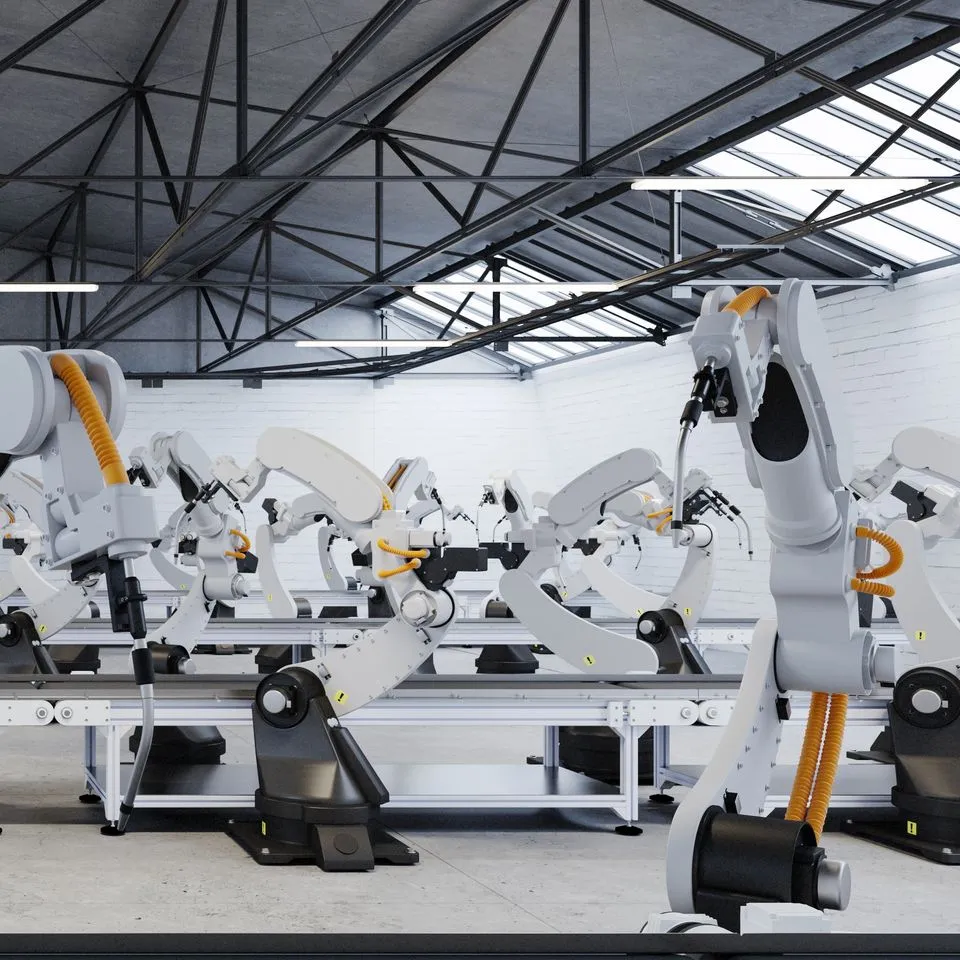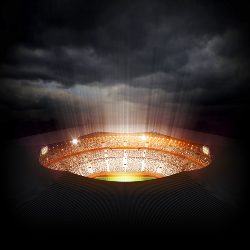Understanding Your Electricity Bill: A Path to Resilient, Reliable Energy


With today’s rising energy costs, sporadic grid outages and pressure to be more sustainable, most commercial and industrial businesses are looking for ways to become more cost-efficient while keeping their operations running smoothly. If you are a facility or operations manager, this can include finding ways to cut your electricity costs while still fulfilling your obligations to the business.
A path to resilient, reliable energy starts with your electric bill.
Your energy infrastructure can significantly influence your energy costs, as outdated or inadequate systems lead to energy loss, a reduced ability to integrate renewables, and increased reliance on the power grid. Upgrading and modernizing your energy infrastructure is essential to mitigating costs and creating a more resilient energy system. Perhaps you have been tasked with lowering operational costs across your facilities but are struggling to develop a plan to achieve specific targets. If you are a company with a monthly electric bill in the tens or even hundreds of thousands of dollars, you are likely searching for ways to reduce that bill.
The first step towards reducing your electricity costs is to look at your current electricity bill.
But…do you actually read and understand your monthly electric bill? The complicated rate plans and billing structures in your electric bill can make it difficult to identify opportunities to save money for your company.
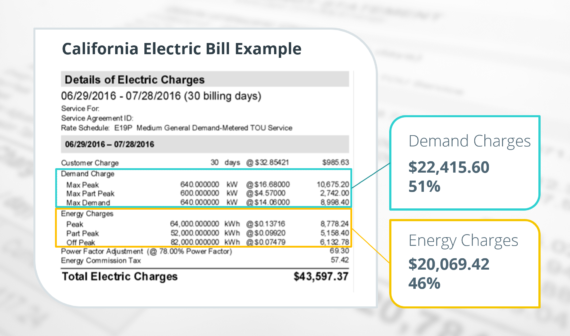

Know What is in Your Energy Bill: Energy-Use vs. Demand
For businesses, energy bills offer valuable insights into their energy consumption patterns and their impact on costs. By thoroughly analyzing an energy bill, companies can pinpoint areas causing peak energy demands and identify opportunities for cost savings.
Energy bills consist of two main components: energy charges and demand charges. Energy and demand charges often represent the most significant share of an energy bill’s cost and are the primary areas energy consumers impact the most. (Figure 2). Understanding the breakdown of these charges can empower businesses to implement targeted energy management strategies, optimize their energy usage, and reduce their energy spending.
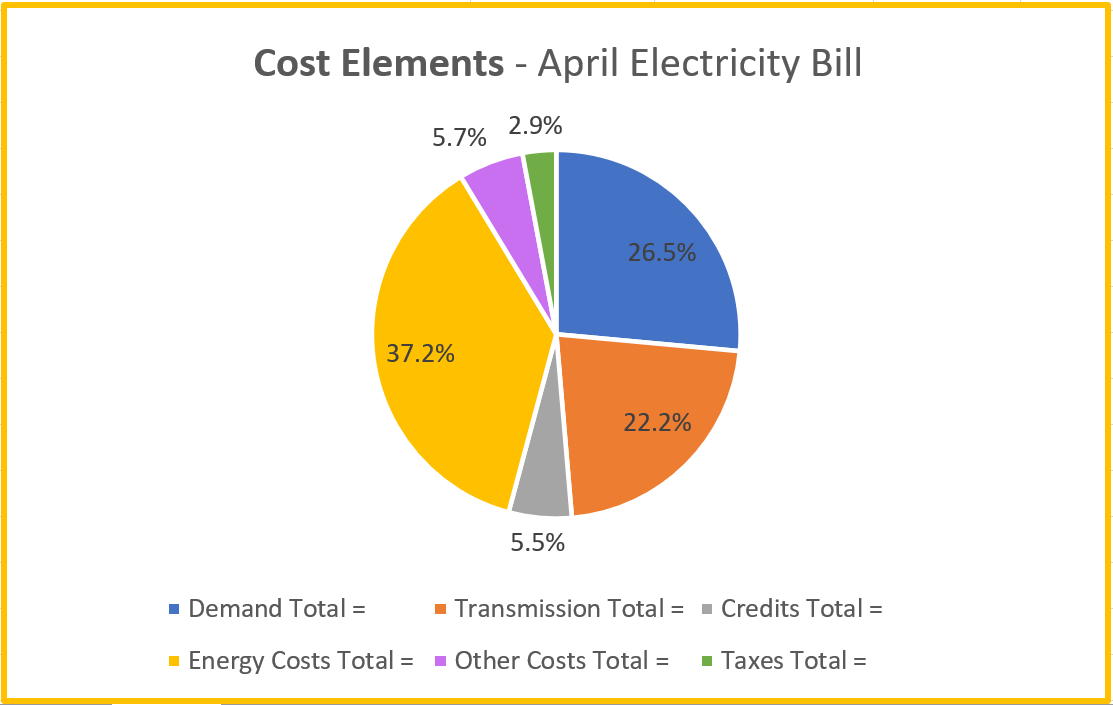

Energy charges, also known as consumption charges, are based on the actual amount of electricity consumed during a billing period. This component of the bill reflects the total energy used by a customer to power their operations, lighting, and other electrical devices. The energy charges are typically calculated by multiplying the energy consumption (in kilowatt or kWh) by the applicable rate ($per kWh), as determined by the electricity provider.
Demand charges are based on the peak level of electricity usage over a specific period. Unlike energy charges that are determined by the total amount of electricity consumed, demand charges are influenced by the highest peak at which electricity is drawn from the grid during a designated interval within the billing cycle. The demand charge is applied regardless of whether that peak usage occurs only once or multiple times during the billing period.
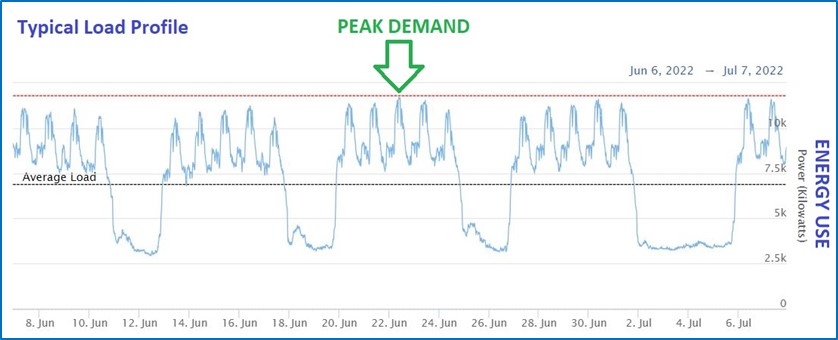

Key differences between energy charges and demand charges
There are several key differences between energy charges and demand charges – these are:
- Basis: Energy charges are based on the total energy consumed (kWh) over the billing cycle, while demand charges are based on the highest peak demand (kW) recorded during a specific interval.
- Timing: Energy charges are influenced by how much electricity is used throughout the billing period, whereas demand charges are influenced by how much electricity is consumed at its peak, even if it’s only for a short duration.
- Flexibility: Customers can manage their energy costs by reducing overall consumption to lower energy charges. In contrast, demand charges can be more challenging to control as they are related to the highest instantaneous power needs, which may occur unexpectedly.
- Impact: For residential customers or small businesses with relatively stable and predictable electricity usage, energy charges tend to have a more significant impact on their bills. However, for larger commercial and industrial customers with fluctuating and peak-heavy electricity demands, demand charges can become a substantial portion of their overall energy expenses.
Insights for Energy Efficiency
Utility bills provide essential information about your organization’s energy consumption, the demand pattern and expense drivers. Analyzing these bills can identify trends, peak demand periods, and areas of potential inefficiencies. Interval data extracted from your power company offers a detailed breakdown of energy consumption at regular time intervals, often in 15-minute, 30-minute, or 1-hour increments.
Interval data reveals real-time energy usage patterns, shedding light on demand fluctuations during different periods of the day, week, or season. With this information, your organization can implement energy-efficient practices to optimize its energy usage and:
- Identify energy consumption patterns: By analyzing the energy bill data, you can identify peak usage periods and areas of excessive consumption. This knowledge enables you to implement measures to reduce energy usage during these peak times, leading to significant cost savings.
- Implement energy-efficient practices: Armed with insights from the energy bill, you can adopt energy-efficient practices and technologies tailored to your specific needs. This might include upgrading to energy-efficient lighting, optimizing HVAC systems, or investing in demand-side energy management software to effectively monitor and control your energy usage.
- Benchmark energy performance: Understanding your energy bill allows you to benchmark your energy performance against industry standards or similar businesses. Benchmarking can identify areas where you can improve energy efficiency, set realistic energy-saving goals, and determine what your energy consumption should be for your operations. Get started benchmarking your energy consumption here.
- Implement behavioral changes: Energy bills can reveal wasteful practices and behaviors that contribute to higher costs. By raising awareness among employees and stakeholders, your organization can foster a culture of energy conservation and promote responsible energy use. To identify your company’s energy wastage, you can refer to the EPA guidelines available here, or use the ISO 50001 to pinpoint significant energy consumption, as outlined here.
- Monitor energy efficiency initiatives: After implementing energy-saving measures, you can use your energy bill data to track the effectiveness of these initiatives. Regular monitoring allows you to make data-driven decisions and adjust strategies to achieve maximum cost savings.
- Qualify for energy incentives and rebates: Some regions offer energy incentives and rebates for businesses that demonstrate energy efficiency. By understanding the data in your energy bill and implementing energy-efficient practices, your organization can qualify for these programs and access potential financial benefits.
What’s next?
Now that you have a better understanding of your energy bill, the next step is to examine what options are available to achieve the best financial results and attain optimum operational resilience while lowering your environmental footprint.
There are many products (such as renewable energy or battery energy storage), digital solutions (such as automated energy management) and configurations that might suit your needs, but how do you determine the right solution for your facility? For example, combining solar PV, battery energy storage, and an end-to-end Energy as a Service (EaaS) solution offers immediate economic savings (typically 10% to 35%), an affordable operational expenditure (OPEX) model, optimized energy use, grid independence, and enhanced environmental sustainability through reduced emissions and increased renewable energy integration. This multifaceted approach delivers economic, operational, and environmental advantages.
The next step is to analyze your facility’s energy use for the past 12 months or so to look for usage patterns and anomalies that will inform the design of a solution that is tailored for your facility.
Let’s Get Started
To begin a successful path toward reducing energy costs, simply provide us with the last 12 months of your facility’s electric bills and the corresponding interval data obtained from your utility provider. We will analyze your facility’s electricity usage patterns and extract insights to develop a plan that could help reduce your energy consumption by as much as 20%. With a comprehensive picture of your electricity consumption, we will propose a range of tailored, innovative solutions, including real-time energy monitoring, on-site renewable energy generation, battery energy storage solutions and Energy as a Service.
To learn more or speak with an energy expert, contact us at sustainability@hal.hitachi.com.
Rob Crew
Solutions Engineer, Manufacturing & Mobility, Environment Business Division – North America
Rob has over 30 years of progressive manufacturing operations, engineering and supply chain experience. He holds a Bachelor of Science degree in Industrial Engineering (BSIE) from North Carolina State University (NCSU) in Raleigh, NC and is certified in Production and Inventory Management (CPIM) by APICS. Rob also holds one patent for a Portable Oncologic External Dosimeter Reader.



